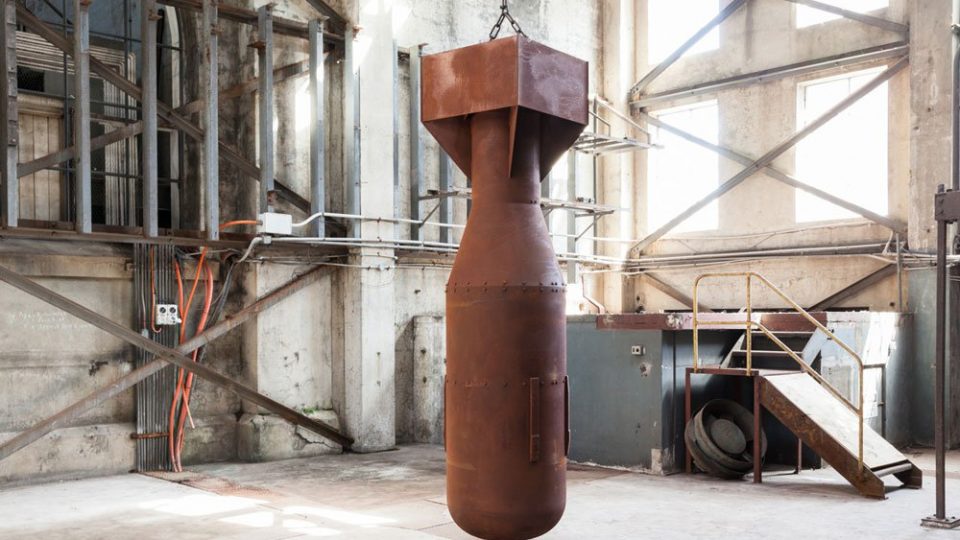All cultural spaces have conventions that structure how they contain, display, disseminate and circulate artworks and their meanings. These conventions are physical, intellectual and ideological: they are an interconnected web of invisible assumptions enacted by the conventions of art, museums and heritage culture that constrain what can and can’t be made, exhibited, discussed and accessed. Different historical approaches have shaped these spaces and meanings, and artists work both with and against the physical and cultural information contained within, and communicated by, buildings, galleries, institutions, and their shared formal language.
